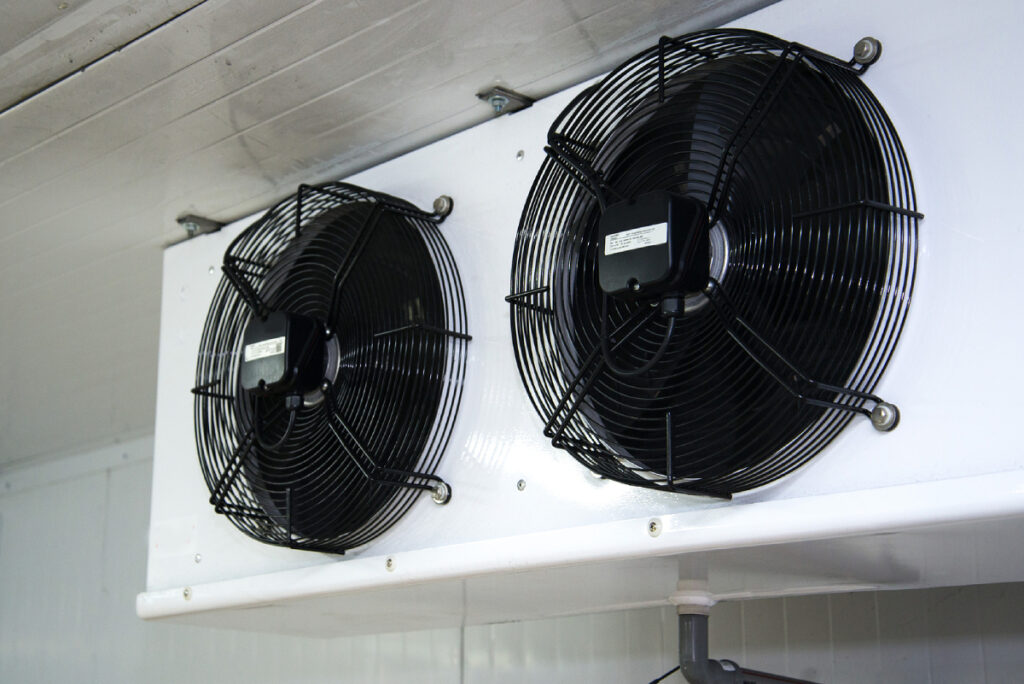
A walk-in chiller is a critical component of any commercial kitchen, foodservice operation, or cold storage facility. When it fails to maintain the correct temperature, it doesn’t just threaten food safety—it can disrupt business operations, increase energy costs, and lead to significant product loss. Whether the issue stems from mechanical failure, poor airflow, or user error, swift and accurate troubleshooting is essential.
This article outlines the most common causes of temperature issues in walk-in chillers and practical steps you can take to identify, resolve, and prevent them.
Understanding the Role of the Walk-In Chiller
Walk-in chillers serve as refrigerated environments for storing perishable items like dairy, meats, vegetables, and beverages. These systems are designed to maintain temperatures typically between 0°C to 5°C, preventing spoilage while preserving product quality.
In facilities such as restaurants, supermarkets, and warehouses, walk-in chillers often function as the primary cold storage room. Any fluctuation outside the acceptable temperature range can trigger regulatory non-compliance or financial losses, making consistent performance a top priority.
Common Reasons for Temperature Problems
1. Dirty or Blocked Condenser Coils
Dust and debris buildup can reduce airflow over the coils, making it harder for the system to expel heat. This often leads to the compressor overworking and failing to maintain the set temperature.
2. Faulty Door Seals
Worn-out gaskets or misaligned doors allow warm air to enter the chiller, forcing the system to work harder to cool down. Even a slight gap can significantly affect internal temperatures over time.
3. Frequent Door Openings
Repeated or prolonged door openings disrupt the internal environment and introduce warm, humid air. This issue is common in busy kitchens or high-traffic retail settings.
4. Malfunctioning Thermostat or Sensor
Temperature readings may be inaccurate due to sensor faults, leading the unit to over- or under-cool.
5. Refrigerant Leaks
A refrigerant shortage reduces the system’s cooling capacity. Signs include frost buildup on evaporator coils or hissing sounds near the refrigerant lines.
6. Blocked Airflow
Overcrowding or improper storage near vents can obstruct airflow, creating uneven temperature zones or hot spots.
Step-by-Step Troubleshooting Guide
Step 1: Verify the Thermostat Setting
Check that the thermostat is set to the correct temperature range. Reset it if necessary and monitor the changes over several hours.
Step 2: Inspect Door Seals and Hinges
Look for wear and tear in the door gaskets. Clean the seals and test the door’s alignment. Replace worn parts to improve insulation.
Step 3: Examine the Condenser and Evaporator Coils
Turn off power to the unit and clean the condenser coils using a soft brush or vacuum. This step alone can restore much of the unit’s efficiency.
Additionally, check the evaporator coils for any signs of icing. If ice is present, gently rinse the coils with water to help melt the ice and restore proper airflow.
Step 4: Monitor Air Circulation
Ensure products are not stacked against vents and that cold air can circulate freely, because proper ventilation matters. Reorganise shelving if necessary.
Step 5: Look for Signs of Refrigerant Issues
If the unit is not cooling despite clean coils and correct settings, a refrigerant leak might be the cause. This requires professional inspection and recharging.
Step 6: Review Operational Practices
Assess how often the chiller door is opened, how long it’s left open, and whether loading/unloading procedures could be modified to reduce air exchange.
When to Call a Professional
If your walk-in chiller is still not holding temperature after basic checks, it’s time to contact a refrigeration specialist. Persistent issues may point to:
- Compressor failure
- Defrost system malfunction
- Electrical component problems
- Control board or software errors
Professional technicians can perform diagnostic tests, assess refrigerant levels, and provide targeted repairs that restore full functionality.
Preventative Maintenance Best Practices
To prevent temperature issues in the future, consider implementing a preventative maintenance plan that includes:
- Monthly cleaning of condenser
- Conduct monthly inspections of the evaporator coils for any issues, such as icing
- Quarterly inspections of door seals and hardware
- Regular calibration of thermostats and temperature probes
- Annual servicing by a certified technician
In addition, installing digital temperature monitoring systems can provide real-time alerts and logs, giving you greater oversight and early warning of potential failures.
Conclusion
When your walk-in chiller fails to hold temperature, every minute counts. By understanding the most likely causes, taking corrective action, and maintaining your cold storage room with care, you can protect your inventory, ensure food safety, and avoid costly downtime.
If your walk-in chiller isn’t maintaining the right temperature or you need a dependable cold storage room solution, Cold Chain Refrigeration provides specialised services backed by extensive experience. We can attend urgent call out if your chiller is not maintaining the required temperature and our service technicians are able to diagnose and conduct servicing. We ensure your chiller system is optimised for consistent performance and energy efficiency.
For more information, contact us today.
